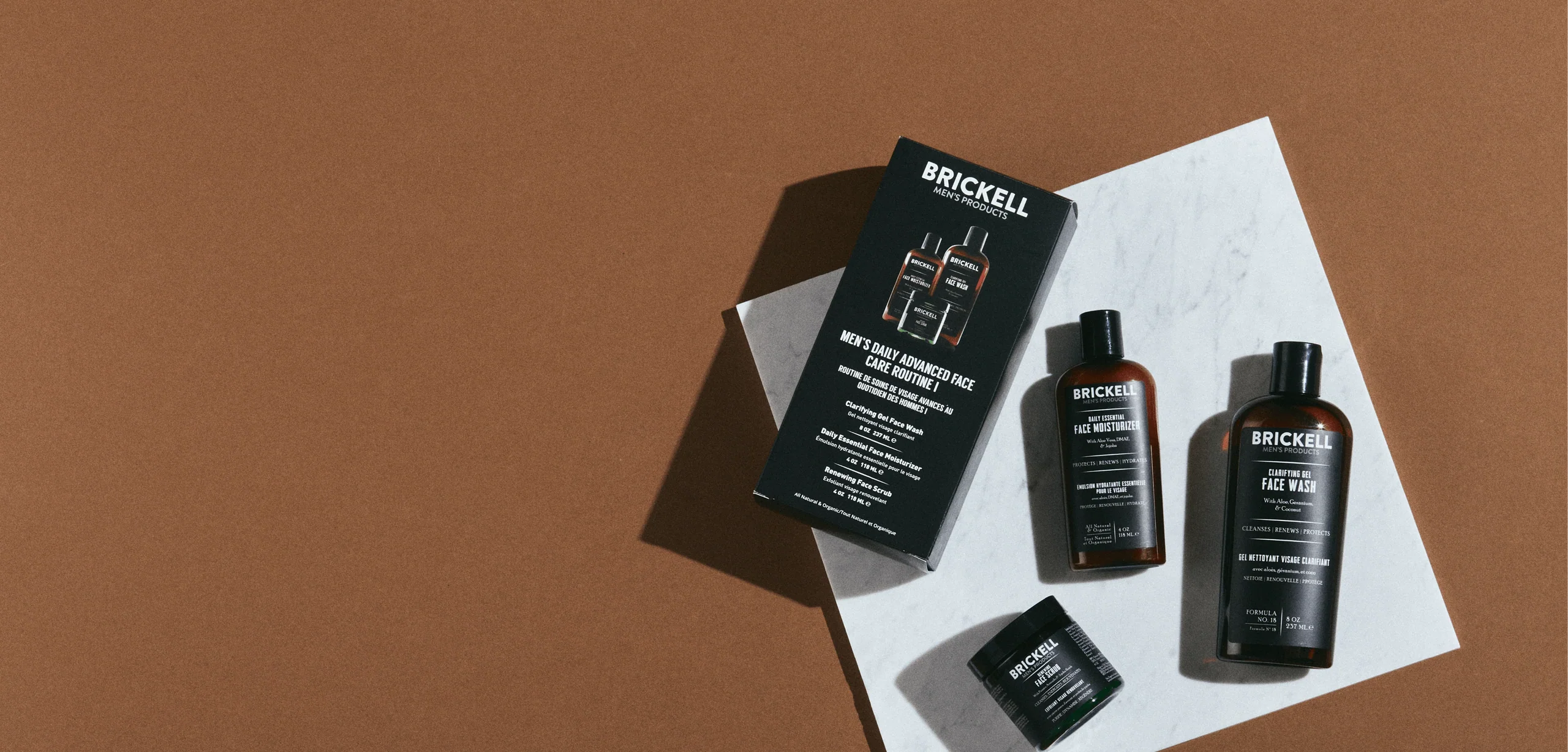The Grooming Manual
The History of Aloe for Skincare

Humans have been using aloe for centuries. While some of those uses were misguided, medical research supports the positive effects of aloe for skincare. How did people come to learn about aloe and its benefits? What’s the history of aloe for skincare?
Aloe’s Ancient Egyptian History
It turns out that aloe has quite the ancient history. The Egyptians were big fans of aloe vera. While it can’t be confirmed 100%, many claim that Nefertiti and Cleopatra - two of the most well known Egyptian queens - used aloe as a regular part of their beauty treatments.
Regardless of whether the queens used it or not, it certainly was in general use for skincare. It also had religious significance at the time. Interestingly, this continues today in some cultures where people hang or plant aloe vera near the doorway to bring good luck and ward off evil and misfortune.
Sadly, Egyptians and other ancient cultures took things a bit too far. They also tried to use aloe to treat tuberculosis and other ailments. Good try, but they should have stuck with skincare.
Aloe Spreads Around the World
Once people noticed that aloe could have a positive affect on the skin, they began investigating its anti-aging properties. But they went beyond just skincare. Legends of the Knights Templar say that aloe was an ingredient in one of their elixirs that could supposedly extend life.
Alexander the Great was a fan too. He had aloe brought along to the battlefield so it could be used to treat his soldiers’ wounds. And important figures in history continued to appreciate aloe long after that. Aloe vera was brought to the New World on ships by Jesuit priests, being grown and cultivated along the way. The Europeans didn’t want to leave home without it!
Healing vs. Skincare
Although many cultures experimented with aloe for all kinds of health problems, the effective treatments were for skin irritation. Of course, there was still plenty of confusion. Sometimes aloe was used to treat diseases that presented some symptoms on the skin. While aloe may have soothed the skin, it wasn’t actually curing any of those illnesses.
It was eventually used in the Middle Ages for jaundice, liver problems, stomach infections, ulcers, headaches, and dental cavities. Clearly, people weren’t exactly sure what the specific benefits of aloe were yet.
Aloe is still found in home remedies around the world - with or without any medical evidence for its effectiveness. It’s recommended for kidney infections, added as a flavor enhancer in beverages, and added to curry in certain parts of India.
Effective Use of Aloe for Skincare
Aloe feels good on burnt and irritated skin. You can use it to ease discomfort caused by most skin ailments. But whether or not it’s actually healing anything is not proven.
One few confirmed uses for aloe is for anti-aging. Researchers have found that aloe helps boost collagen and elastin production. This helps the skin maintain its structure and stay firm. You wind up with tighter, more youthful skin instead of wrinkled, worn out skin.
For the best results, use face wash for men and face moisturizer for men that contain natural aloe vera. That way you benefit from its antiseptic, anti-aging, and UV radiation protection properties.
What about sunburn? It may not heal your burn necessarily, but it will definitely help soothe your pain. Hydrating your burnt skin is essential to reducing pain and helping your skin look its best as soon as possible.
Aloe has been around for ages. And it’s probably not the secret cure to all kinds of illnesses. But it will help keep your skin looking great. So keep using the best natural skincare products for men with aloe. It will keep your skin hydrated and help slow down the aging process.

